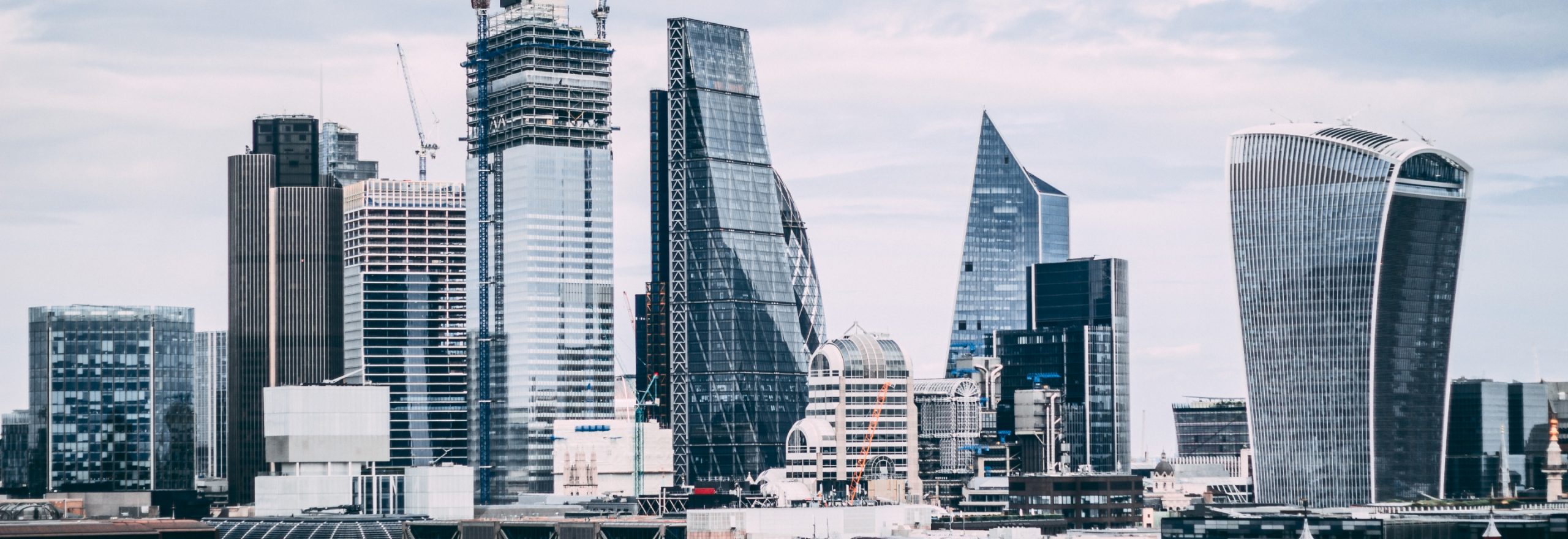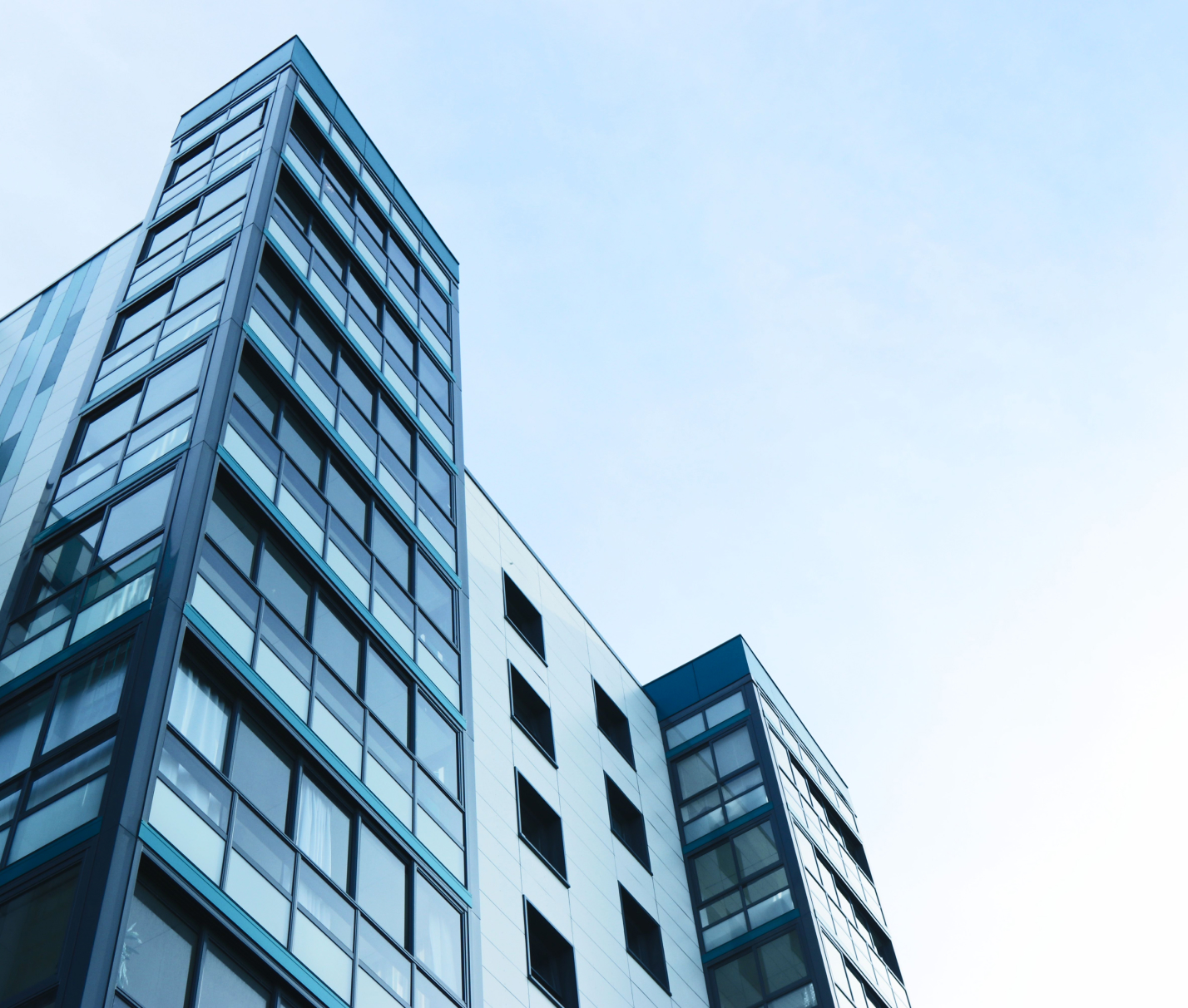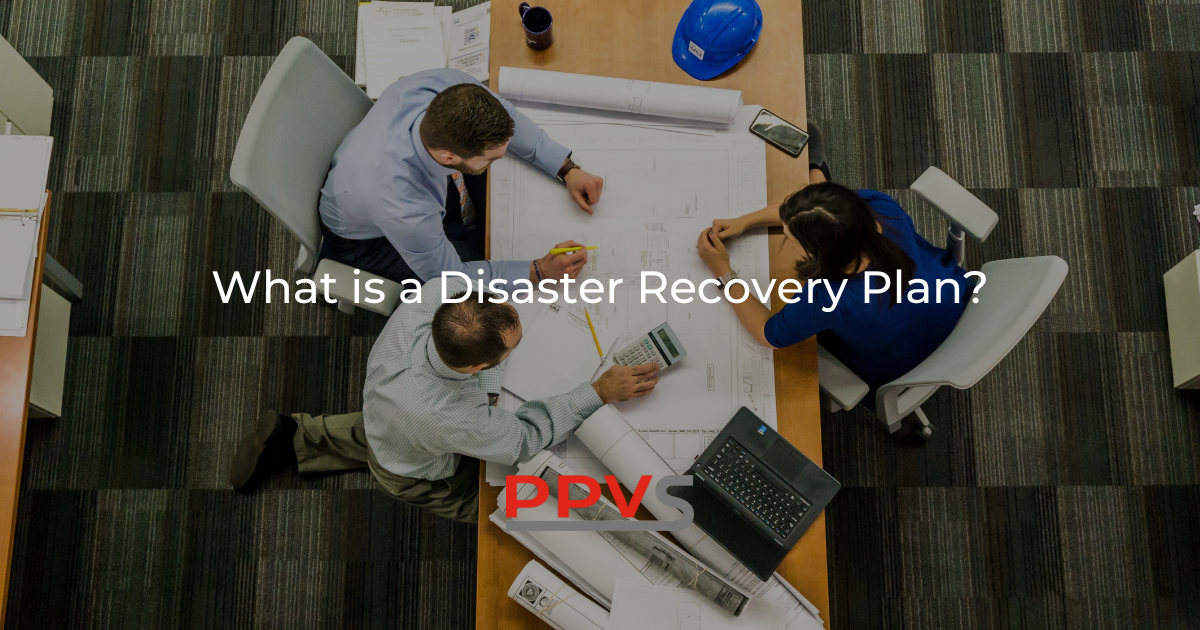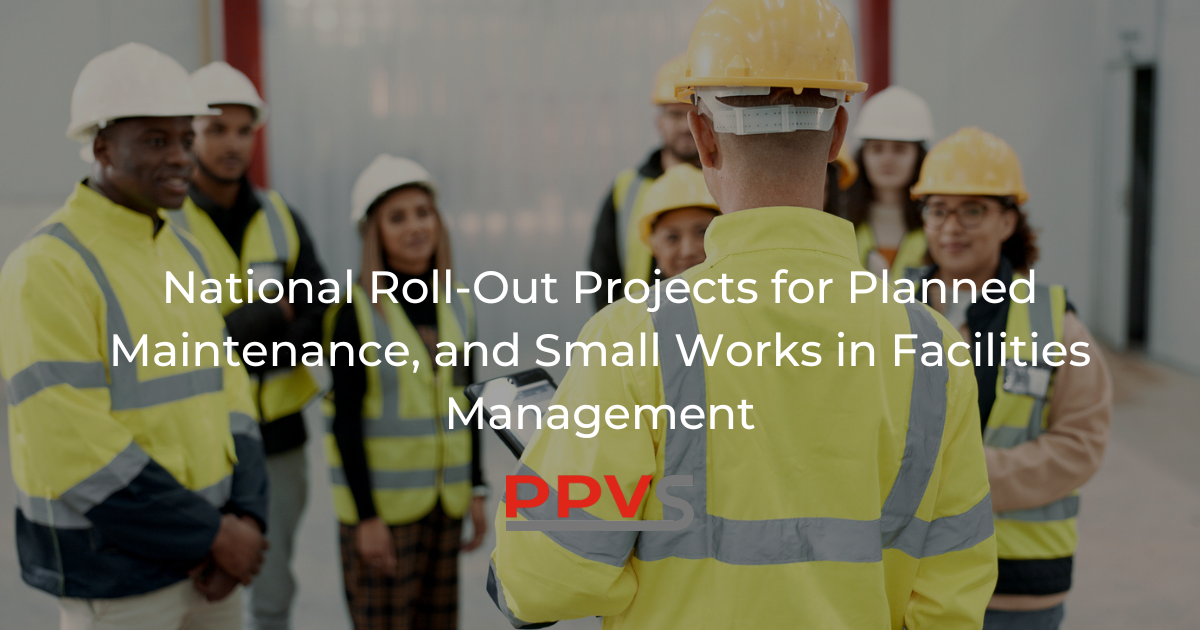PPVS Complete Facilities Management

What Causes a Metal Roof to Leak & How to Fix Them
Metal roofs are incredibly durable but there will still be circumstances that will result in metal roof leaks. Despite this, you’ll find that most will last at least four decades with the right care and attention. There are numerous metal roof leaking problems that go forgotten about, but through our guide we will show you how to find a leak in a metal roof and what you can to do fix it or prevent it.
Surface Rust
There is a long list of metal roof leak problems and the most common is surface rust. If left, this can lead to long-term damage, but if it’s caught early, it can be salvaged, and a leak may be avoided.
When checking for rust, look around the screws and fixings, if you notice any, there are steps you can take to remove it. With the use of a wire brush, you can scrub the rust and clean the area with soapy water to remove debris and grease, dry, and then apply a protective coating. If, prior to the protective treatment, the coating has come away, it will need to be removed.
Deflection
Bending, holes and creasing in the metal roof is often a result of loading. If you notice that the roof has started to obtain water, it is advised to contact someone to fix the deflection in order to avoid long-term damage. If the water pools on the roof too long, it could lead to long-term rust which would ultimately result in roof leaks.
Movement (due to hot and cold temperatures)
Hot and cold temperature changes can result in expansion of the metal roof, this can result in stress and a breakdown of the materials. If this occurs, holes, water build up and rust can begin to show – therefore it is important to ensure that your roof can last in these temperatures and check them regularly.
Incompatible Materials
If the wrong materials are used at installation, the lifespan of your metal roof can be severely shortened. If you’re using multiple materials, it’s important to ensure they have some level of similarity to avoid rust at a later date. Reviewing this early on is the best way to ensure you have the strongest materials needed.
Punctures
Holes can occur for numerous reasons, namely deflection from the installation which can cause a build-up of water. Rust can also cause holes or scaling – but any kind of holes will result in a roof leak. If you notice any coating come away when cleaning your roof of rust or if it has had an increase of weight on it, check it over to ensure there are no holes.
Fastener Issues
Fasteners can wear over time, regardless as to whether they are the rubber fasteners or clips. General wear and tear can result in holes between the metal where they have been fastened together which can result in a metal roof leak. It is recommended to check your fasteners at least twice a year and look for other issues there may be with the roof. If a screw is sticking up above the level of the roof panel, it needs to be refastened.
Open Laps
It’s all about the roofing installation – open laps can occur when the metal panels aren’t properly fitted. Over time a gap will become apparent and a build-up of water is likely which will result in structural damage. Checking the seams of the metal roof every few months will allow you to catch any open laps before they become a problem.
Missing Parts
Whether it’s from installation or if it’s happened over time, missing parts is a common reason for a metal roof leak. Weather, wear and tear or an initial mistake can all be reasons for a part to go missing; over a long period of time this can result in numerous problems. Therefore, the best route to avoid a leak would be constant checks and replacement parts on-hand where possible. Or consider roofing maintenance checks.
How to Find a Metal Roof Leak
There are several ways to make spotting a metal roof leak easier, but it is useful to check your roof where possible. You should take action when you notice an issue, but there are some that are more prone than others and certain times of the year where you’re more likely to be affected, and it’s important to take note.
Roofing Body
Most issues with metal roofs come from initial mistakes that won’t become evident straight away, and on the roofing body, it’s often about length and expansion.
If there is any restriction, horizontal seams need to be installed which are likely to separate over time, which will allow water to enter back into the building through an opening.
If you’re noticing any leaking and you have horizontal panels, it’s worth checking them first.
Transition Points
Where the roof is connected through fasteners and clips, over time they can back out of their position. This can be for various reasons but most commonly, the weather. Severe wind or ice can force the fasteners out of their place and therefore, after any extreme weather, the roof should be checked.
Roof Penetrations
Temperature changes can result in movement in the roof which can cause stress and the breakdown of the materials. If there is too much movement, the stress points could take place at the points of attachments and the penetrations, ultimately resulting in leaks. During a severe change in temperature, judge the metal roof and ensure it is still working well.
Termination Details
The roof needs to terminate into other conditions around the building, areas of differentiation is usually where a weakness will develop, this is often due to the original installation. The roof system must match the surfaces around it or be terminated into it accordingly; otherwise it can result in leaks and will need to be adjusted.
If You Require Support
Here at PPVS we have a dedicated and experienced team with a wealth of experience in roofing installations, repairs and maintenance checks if required. Please get in touch with our expert team if you need any further support in regards to your metal roofing problems.

Get in touch to see how we can help with your Facilities Management.
For general enquiries please fill out the form and our team will be back in touch. Or give us a call or email using the details below.







